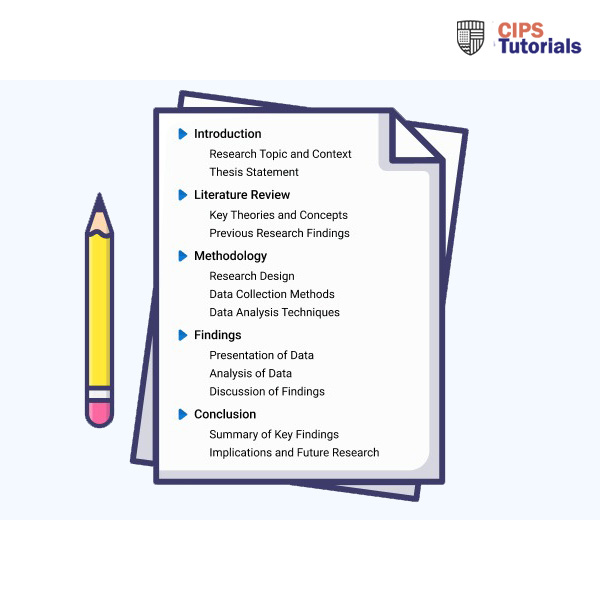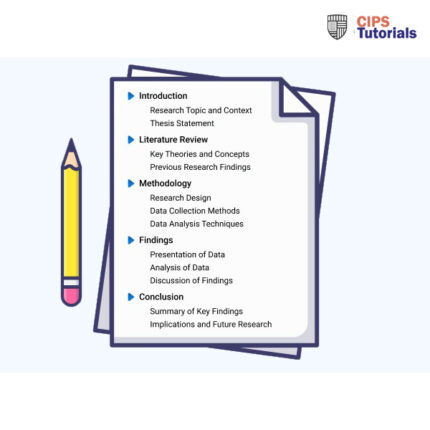-50%
(Solution) New CIPS Sourcing Essentials (PSE) TAQA Water Solutions
Solution
Table of Contents
2.0 Selected Category of Spend and Positioning. 4
3.2 Application of Sourcing Approaches in RCU Context 5
2.1 Kraljic Analysis Method. 7
2.2 The Hierarchy of Business Needs. 9
2.3 Management of Stakeholders. 10
4.0 Sourcing Appraisal Checklist 13
4.1 Information Technology (IT) Spend Supplier Evaluation. 13
5.0 Conclusion and Recommendations. 15
Figure 1:AlUla Areas of Operations. 4
Figure 2:RCU Kraljic Matrix Analysis. 9
Figure 3:RCU Sourcing Approaches and the Maslow Hierarchy of Needs. 11
Figure 4:Mendelow Matrix Stakeholders analysis. 12
Figure 5:Peter Block’s Stakeholder Categories. 13
Figure 6:Applying the 10Cs Technique to Supplier Appraisal 14
- Introduction
In this assessment, Sustainable Water Solution (TAQA) has been selected for evaluation. Established in 2003, with the mission to provide innovative and sustainable water solutions, TAQA focuses on the design, implementation, and management of water and wastewater treatment systems. Their operations span several key areas, including municipal and industrial water treatment, desalination, wastewater management, and water recycling (TAQA, 2024). TAQA aims to address water scarcity and environmental challenges through advanced technologies and sustainable practices, ensuring reliable and efficient water management solutions. Committed to excellence, TAQA strives to contribute to global water sustainability and enhance the quality of life for communities worldwide.
Figure 1: TAQA areas of Operations
In the various fields of operation shown in Figure 1, TAQA is dedicated to tackling water scarcity and environmental issues, in line with global sustainability objectives. Emphasizing the organisation’s influence, TAQA has undertaken projects valued at over $200 million, demonstrating their dedication to sustainable water management (TAQA, 2023). These substantial investments are pivotal for promoting water sustainability and present several opportunities for private sector participation. For these projects to be successful, TAQA’s procurement and supply department must ensure the procurement of suitable systems and technologies, thereby achieving optimal value for money. This involves investing in advanced water and wastewater treatment systems to boost efficiency and effectiveness. By securing the appropriate resources, TAQA continues to foster environmental sustainability and enhance the quality of life for communities around the world.
2.0 Selected Category of Spend and Positioning
TAQA is currently acquiring various health and safety (HS&E) systems to boost efficiency and cut costs in their operations. To ensure these procurements are successful, TAQA must choose the most appropriate sourcing approach and conduct thorough supplier evaluations to fulfill their needs. Identifying the most effective sourcing strategy for different spending categories allows TAQA to efficiently manage and control their supply and procurement strategies. This can be guided by analysing the organisation’s needs, demand, and supply within the value chain using tools such as the Kraljic analysis and the Business Hierarchy of Needs. Additionally, Mendelow’s Stakeholder Analysis Matrix can help understand the impact of different sourcing approaches on stakeholders within TAQA. Using these tools ensures that TAQA’s procurement strategies are well-aligned with their operational goals and stakeholder interests.
3.0 Sourcing Approaches
3.1 Multiple Sourcing
The practice of utilising a vast pool of vendors to fulfill an organization’s demands is known as “multiple sourcing” (Jlancaster86, 2023).). This works best in a free market where companies can buy and sell with one another and act as suppliers to other companies.
3.2 Single Sourcing
According to CIPS (2020a), a business is engaging in single sourcing when it contracts with a single provider for a certain expense category. If this happens, more money can be put into technology and infrastructure, and more people will be dedicated to making new technologies.
3.3 Dual Sourcing
In dual sourcing, two or more suppliers work together to supply a single product or service. If you want to be safe from supply disruptions, this strategy can help you diversify your supplier base (Nimble, 2022). The two vendors in a dual-sourcing relationship are legally bound to deliver distinct goods and services. When it comes to the sharing economy, this can be especially helpful because of the potential disruption to suppliers.
3.4 Sole Sourcing
When there is just one supplier available owing to external causes, it is referred to as sole sourcing, which is comparable to single sourcing as evidenced by ISU.edu (2023). Therefore, in a case of sole sourcing, there is just one supplier or manufacturer of the good or service in question. This follows the supply and procurement teams’ thorough examination and assessment.
3.2 Application of Sourcing Approaches in TAQA Context
Multiple Sourcing
Please click the following icon to access this assessment in full

